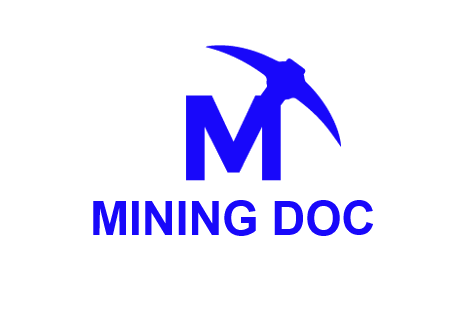What Is Trench Blasting & When Is It Necessary?
Trench blasting, also known as pipeline blasting, is a process of using controlled explosives to facilitate the excavation of trench and pipeline projects in rock formations.
Drilling holes into the rock formation and inserting explosives there completes this operation. With less work, trenches and pipelines may be built thanks to the blast’s explosive energy, which helps break apart the rock. When building pipes over large distances, as through dense vegetation or through geological formations, controlled explosions are required.
The basic procedure for pipeline blasting includes:
- Determining the safest pattern to efficiently create a semi-circular trench
- Drilling sufficiently deep holes into the rock
- Installing explosive material into each hole
- Filling the holes with inert material to direct the explosion into the rock
- Wiring the explosives to ignite in sequence for efficient demolition of rock/soil
Trench blasting’s main advantage is that it’s a quicker and more affordable alternative to conventional trenching techniques. Because trench blasting gives crews control over how much material is blasted away, it is particularly useful for trenching in residential or commercial settings.
This is crucial to upholding tight safety regulations and preventing property damage from debris. Additionally, it allows pipeline workers greater control over their excavation route, assisting them in avoiding danger. Another advantage of precision is that pipeline blasting can be applied in a range of settings, including crowded cities and mountainous regions.
What Kind of Explosives Are Used for Pipeline Excavation?
Ammonium nitrate fuel oil (ANFO), dynamite, and TNT are examples of high-energy compounds that are used in controlled explosives for trench blasting. Since ANFO is less expensive than conventional dynamite, it is frequently used for controlled explosives. Depending on the project’s requirements, the type of explosive utilised, and local laws governing the handling of explosives, can change. Certain projects, for instance, can call for unique considerations like reduced blast radius or sound control.
The dimensions of a trench or pipeline blast are mostly determined by the project’s specifications. Generally speaking, smaller, more controlled charges are needed for trench and pipeline blasting than for open-pit mining operations or major demolition projects. Depending on the trench’s size, the quantity of explosives utilised can vary from one pound to several hundred pounds.
The Safety Risks of Trench Blasting & Pipeline Excavation
Trench blasting has numerous advantages, but there are also significant safety dangers that need to be considered before beginning any excavation work. The biggest danger is the possibility of harm or death from inadequate management, badly designed or drilled blast holes, or unmanaged debris.
For example, inadequate preparation and safety measures may result in “flyrock,” or shrapnel-like fragments of debris detonated by the explosives. Trench blasting activities must be carried out by a certified person with substantial knowledge and expertise with trench blasting operations, as blast containment relies on the explosives being used and the skill of the trench blasting crew.
For example, if the drill holes are not carefully planned, there may be a surface explosion that fires dangerous debris like bullets. A tiny or poorly designed blast clearing zone, as well as blast misfires that take place prior to an explosion site being completely evacuated, are clear hazards. Toxic fumes from carbon monoxide pose a less well-known concern from controlled explosions; personnel who enter a blast zone too soon after excavation risk hypoxia and carbon monoxide poisoning. The Blaster in charge is accountable for all of this.
Blast trenching may someday become obsolete as firms find less dangerous and more affordable ways to excavate. But until then, one of the most affordable, efficient, and dependable techniques for excavation in all sectors of the economy is pipeline blasting.






